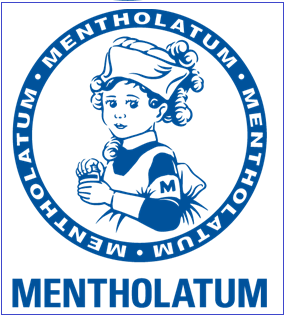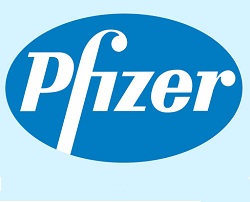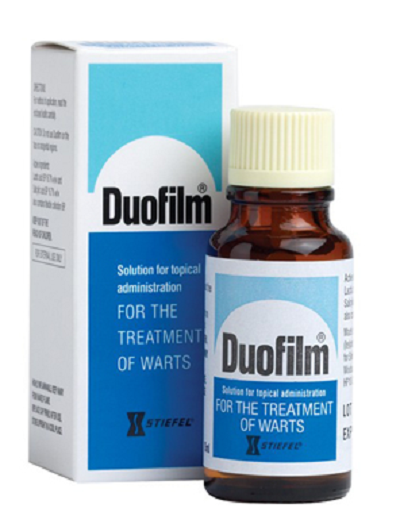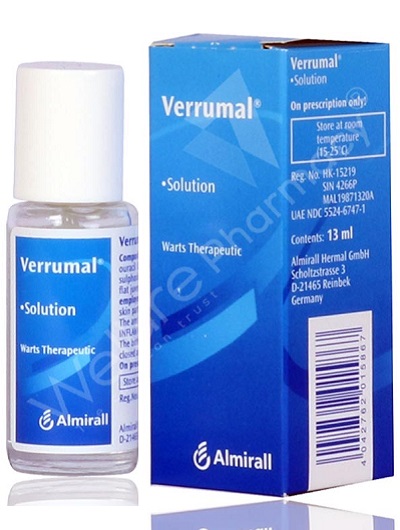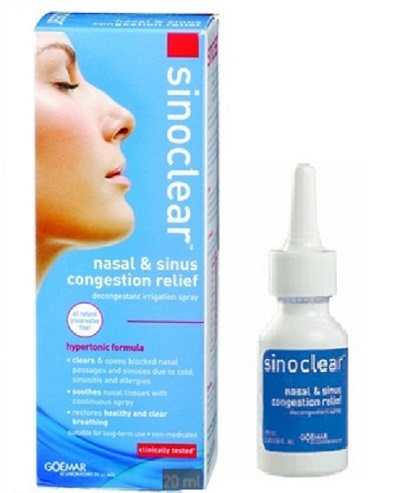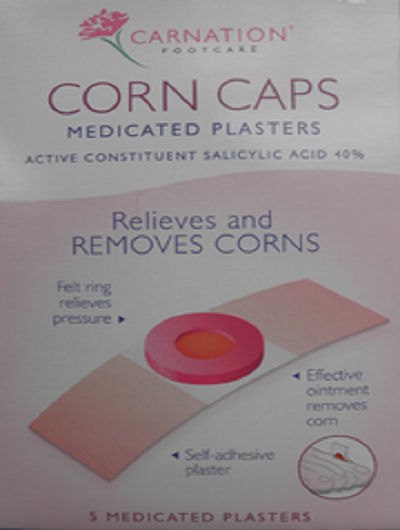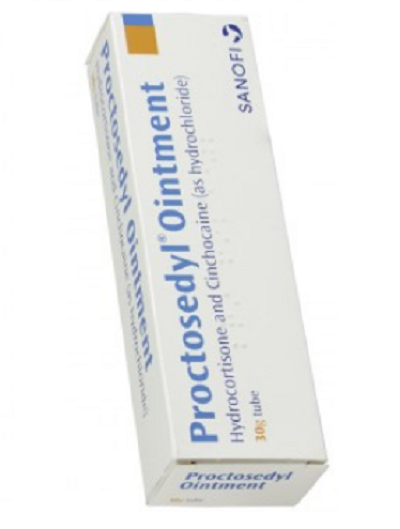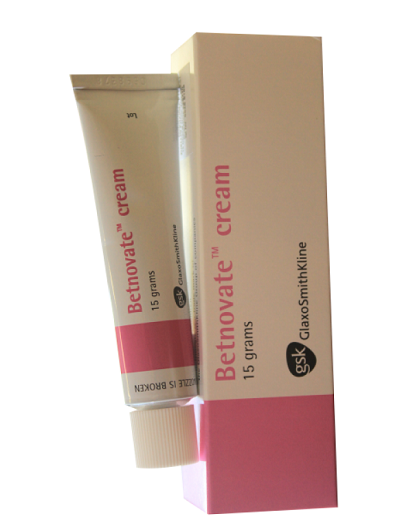Skin pigmentation causes, symptoms, prevention, diagnosis and effective treatment
Causes of Melasma The cause of melasma can be explained by a secondary pigmentation disorder. This can come from an endogenous, exogenous cause or sometimes a combination of the two.
Contents
Overview of melasma
Melasma is not too strange problem for women, it is skin condition that appears brown or gray-brown patches on the skin. Skin pigmentation is the most common type of skin pigmentation, changes in pigmentation can occur on the skin of the face, lips, forehead, chin, nose waves. In addition, the disease can also occur in different parts of the body, especially the skin frequently exposed to sunlight such as the skin of the arms or neck.
Melasma is most common in women 20-50 years old (women of reproductive age), in which melasma in pregnant women and postpartum melasma are quite common. Men rarely have skin pigmentation than women. The disease is also related to geography, race, and skin color when Asian women, colored skin, have a higher rate of melasma than white women.
Endogenous causes
-
Aging is an inevitable skin process.
-
Hormonal changes: Melasma can occur in pregnant women or women after childbirth ; People who use oral contraceptives or replacement hormones, melasma can also be found in patients with endocrine diseases in the thyroid, ovaries.
-
Prolonged stress.
-
Mercury, lead, corticoid poisoning, ... in cosmetics.
-
Atopic.
Exogenous causes
-
Severe sun exposure: UVA and UVB rays in the sun stimulate melanocytes, especially on skin with potential chemical allergies, which will directly cause chromatic disturbances. skin pigmentation, at the same time promoting skin aging, skin cancer and indirectly causing skin pigmentation.
-
Inflammatory pathology, toxic infection.
-
Skin allergies in place.
-
Inappropriate nutrition: lack of fresh fruits, lack of essential vitamins.
Symptoms of Melasma
Melasma symptoms like?
Hyperpigmentation disorders occur in individual patches of skin, causing the skin to appear darker than usual. The locations that are most likely to be exposed to the sun such as the face, neck, arms ... are the common places where skin pigmentation is common. Especially the skin pigmentation on the face is often symmetrical on both sides.
Distinguish skin pigmentation and freckles?
Melasma
Melasma are dark spots with multiple degrees of darkening. Usually appear symmetrical on the cheeks, upper lip, chin, forehead, ... Melasma is characterized by dark, brown or yellowish color, with many sizes but often larger than freckles.
Blackhead
Freckles are also hyperpigmentation, but unlike pigmentation with a fairly distinctive color, freckles have more diverse colors with dark brown, light brown, yellow, red, gray, black. The intensity of freckles varies with the intensity of sunlight, so freckles are darker in summer than in winter. The size of freckles is usually smaller than melasma, the spots can be as small as toothpicks to sesame seeds.
Subjects at risk of melasma
-
Women: Women have a much higher risk of melasma than men, up to 90% of skin pigmentation patients in the United States are women.
-
People of color: in Asia, the Mediterranean, the Middle East, North Africa, African Americans, ...
-
Family history of people with melasma.
-
Exogenous use of hormones Estrogen and Progesterone.
-
Thyroid disease.
-
Stress.
Prevent skin pigmentation
Melasma treatment is often not simple and quite expensive. However, the following measures can help prevent hyperpigmentation problems in general and pigmentation in particular.
-
Avoid exposure to the sun from 10am to 15h: because at this time the rays of the radiation are most active and can damage the skin.
-
Apply sunscreen: before going out, apply sunscreen 15-30 minutes before, the sunscreen chosen should have a minimum SPS of 30. Reapply every 2 hours or more if the skin falls. sweat a lot or go swimming.
-
Cover your skin with sun-protective clothing: a wide-brimmed hat, sun-protective clothing or skirt can limit the direct impact of the sun's rays on the skin.
-
Diet: Fresh fruits and vegetables can help achieve healthy, beautiful skin. Drinking plenty of water is also essential for the skin as well as other body activities. A diet rich in Vitamins A, E, C or Omega-3, ... will reverse the aging process of the skin, minimizing the risk of skin pigmentation. Limiting alcohol, hot foods, and foods that increase skin congestion can limit skin pigmentation as well as other hyperpigmentation problems.
-
Use safety-tested cosmetics: Cosmetics can contain substances that are harmful to the skin, including substances that erode the skin and make skin prone to pigmentation. So, should not use cosmetics of unknown origin, cosmetics that are not safe for the skin, and one thing to note is choosing cosmetics that are suitable for each skin type of each person.
-
See a dermatologist when there are skin problems: Do not let the melasma condition for too long to see a doctor, because early detection and treatment will bring higher results. Absolutely do not arbitrarily use drugs or products of unknown origin, because it can make skin pigmentation worse.
Measures to diagnose melasma
Your doctor will examine the damaged skin to diagnose melasma. The therapist can use the Wood lamp - a specialized tool at the dermatology office to more accurately determine the condition of the skin lesion. In addition, in certain cases, a biopsy may also be ordered to check for serious skin conditions.
Treatment measures for melasma
The treatment of melasma is often not easy. Patients usually take up to 6 months - 1 year for one course of treatment. Doctors often coordinate many measures to achieve high effectiveness in the treatment of melasma, depending on the specific case.
In addition to topical medications prescribed by doctors, if you want to treat melasma, you need to change your diet and activities. A proper diet plays an important role in the treatment of skin pigmentation. Foods rich in glutathione, such as tomatoes, can prevent melasma. Selenium-rich foods such as bamboo shoots, mushrooms, eggs, seafood, ... help prevent recurrence of skin pigmentation. The supplementation of foods rich in vitamins C, E is also essential to have a healthy skin, limiting the formation of skin pigmentation. Stimulating foods such as chili, pepper, alcohol, ... should also be limited.
Sun protection is also an important factor in effective treatment of skin pigmentation, especially from 10 to 15 hours daily when the sun has very high UV rays that damage the skin, preventing effective treatment of pigmentation. It is essential to apply sunscreen to protect the skin from dangerous solar radiation. In addition, physical measures to avoid sunlight such as sun-protective clothing, hats, masks, socks, ... also need to be implemented to be effective in treatment.
Source: europharma




